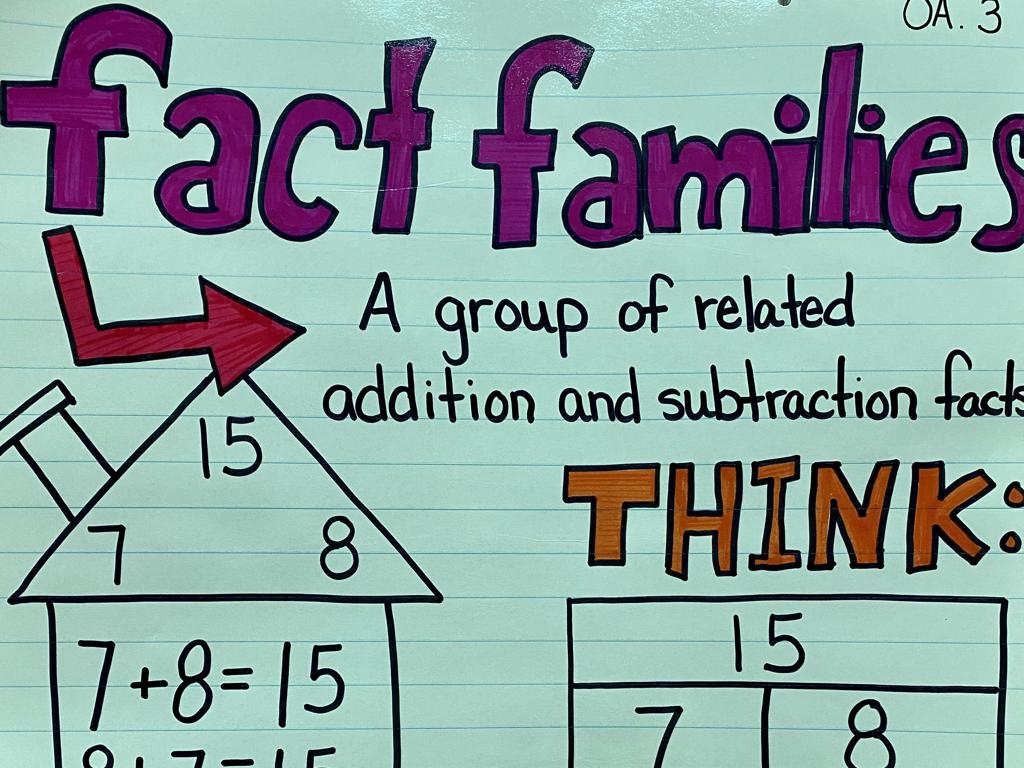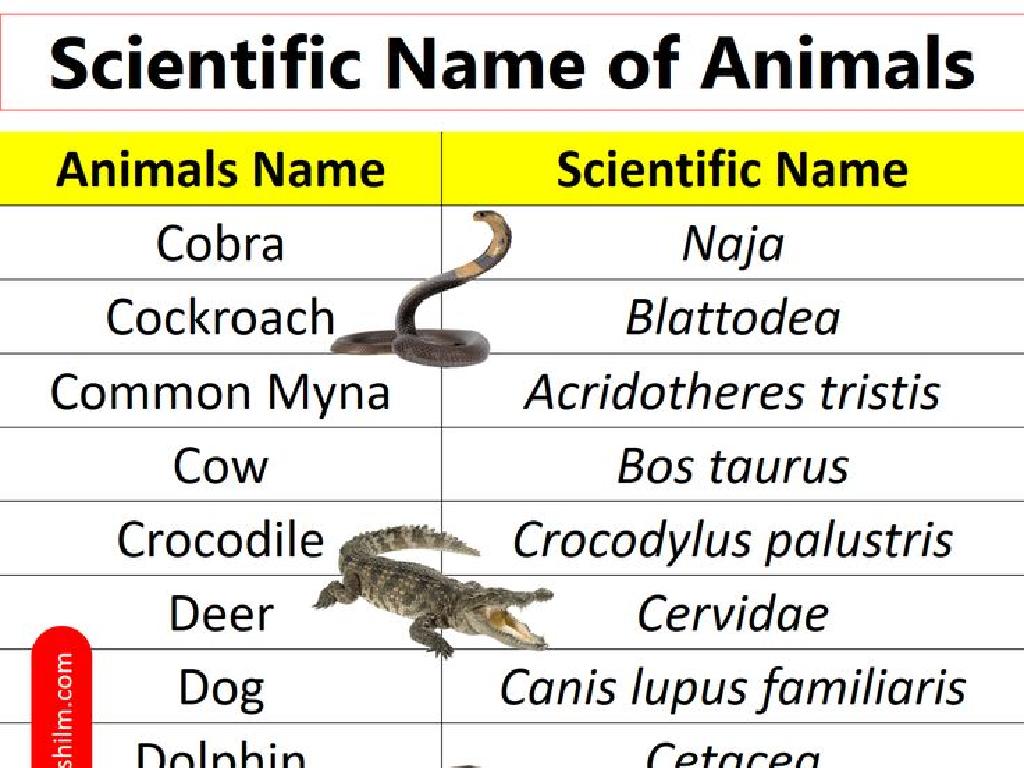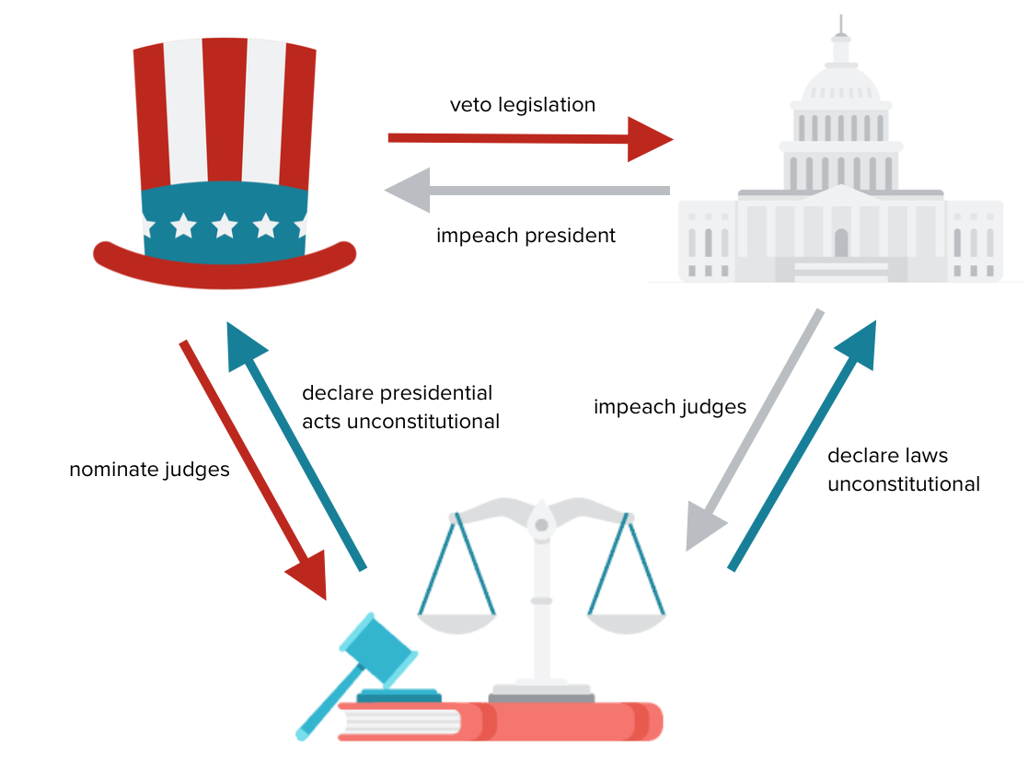Which Word Ends With The Same Sound?
Subject: Language arts
Grade: First grade
Topic: Beginning And Ending Sounds
Please LOG IN to download the presentation. Access is available to registered users only.
View More Content
Matching Ending Sounds
– Learn about word sounds
– Play with sounds in words
– We’ll say words out loud and listen to the sounds they make
– Match words with same endings
– Find pairs of words like ‘cat’ and ‘hat’ that sound the same at the end
– Practice recognizing sounds
– We’ll do fun activities to hear and identify the same ending sounds
|
This slide introduces the concept of phonemic awareness, focusing on beginning and ending sounds in words. The goal is for students to recognize that some words have the same ending sounds. Start by explaining how sounds make up words and then engage the students with interactive activities where they listen to and repeat words, identifying those with similar ending sounds. Use examples like ‘dog’ and ‘log’ or ‘cat’ and ‘hat’ to illustrate the concept. Encourage the students to think of their own word pairs. This will help them with reading and spelling skills. Make sure to praise their efforts and correct gently, turning mistakes into learning opportunities.
Exploring Sounds in Words
– Understanding word sounds
– Sounds are what we hear in spoken words.
– Words are sound puzzles
– Every word is like a puzzle made of different sounds put together.
– Sounds at word boundaries
– We hear sounds at the beginning and end of words.
– Listening to ending sounds
– Focus on the last sound we hear in a word.
|
This slide introduces the concept of phonemic awareness, focusing on the sounds that make up words. Explain that sounds are the building blocks of words and can be heard when we speak. Emphasize that every word can be broken down into its individual sounds, and these sounds can be at the start (beginning sounds) or at the end (ending sounds) of words. Encourage students to practice listening for these sounds by saying words out loud and identifying where they hear each sound. Activities can include clapping out syllables, using manipulatives to represent sounds, and playing games that involve identifying the first or last sound in a word. The goal is to develop the students’ ability to recognize and differentiate sounds, which is a fundamental skill in learning to read and write.
Exploring Beginning Sounds
– Beginning sound: first sound in a word
– Example: ‘dog’ starts with ‘d’
– ‘d’ as in ‘dog’, ‘dinosaur’, ‘drum’
– Practice listening to beginning sounds
– Listen carefully to words I say, and tell me the first sound
– We’ll discover sounds as a class
– Interactive class activity to identify sounds
|
This slide introduces the concept of beginning sounds to first graders, which is the first sound heard in a word. Use the word ‘dog’ as a clear example, emphasizing the ‘d’ sound. Engage the class by saying words aloud and having them identify the first sound. This interactive approach helps students develop phonemic awareness, a critical reading skill. Encourage participation and make it fun by using familiar and easy words. Prepare a list of words with different beginning sounds for the activity and consider using props or images to support visual learners.
Listening for Ending Sounds
– Understanding ending sounds
– The last sound you hear in a word
– ‘Cat’ ends with a ‘t’ sound
– Like ‘hat’, ‘bat’, and ‘rat’ all end with ‘t’
– Practice with different words
– Listen and identify the sounds
– We’ll say words aloud and find the ending sounds together
|
This slide is aimed at helping first graders recognize and understand ending sounds in words, which is a fundamental skill in phonics and reading. Start by explaining what ending sounds are and give clear examples, such as ‘cat’, where the ‘t’ sound is the ending sound. Engage the students by asking them to listen carefully as you pronounce words and then identify the ending sounds. Use words that have the same ending sound to help them make connections. During the activity, encourage the students to say the words out loud and to listen to the sounds they make at the end of each word. This will help them to better understand how sounds correlate with letters and spelling.
Matching Ending Sounds
– Words with the same ending sound
– ‘Hat’ and ‘cat’ end with ‘at’
– Both words sound similar at the end
– Let’s play a matching sound game
– Find pairs of words that sound alike
– I will teach you how to play
– Follow along as I explain the rules
|
This slide introduces the concept of rhyming words to first graders by focusing on ending sounds. Start by explaining that some words have the same sounds at the end, like ‘hat’ and ‘cat’. Introduce the matching game as a fun activity to help them recognize these sounds. Demonstrate the game by showing examples of words that rhyme and explaining how to identify the common ending sounds. Encourage the students to listen carefully to the sounds rather than just looking at the spelling. For the activity, provide a list of words and have the students draw lines to connect words that end with the same sound. Offer guidance and positive reinforcement as they work through the exercise.
Let’s Practice Together: Ending Sounds
– Listen to the word I say
– Find a word with the same ending sound
– We’ll practice with class examples
– For example, if I say ‘bat’, think of a word like ‘cat’.
– Focus on the last sound you hear
|
This slide is for a class activity to help first graders recognize and match ending sounds in words, which is a fundamental skill in phonics and early reading. Start by clearly pronouncing a word and then ask the students to find and say a word that ends with the same sound. Go through a few examples together as a class to demonstrate the activity. Encourage the students to listen carefully to the last sound of the word and find a matching sound. This activity can be done in groups or individually. Possible variations of the activity could include using pictures, rhyming games, or matching cards to cater to different learning styles.
Sound Match Game
– Let’s play the Sound Match Game!
– You’ll receive cards with words and pictures.
– Match pairs that end with the same sound.
– For example, ‘cat’ and ‘hat’ end with the ‘at’ sound.
– Have fun finding the sound pairs!
|
This interactive class activity is designed to help first graders recognize and match words that have the same ending sounds. Distribute cards with words and corresponding pictures to the students. Instruct them to find and match pairs of cards that end with the same sound. This could be a group activity or individual challenge. Encourage students to say the words out loud to hear the ending sounds. For teachers, prepare a list of word pairs in advance that end with the same sounds to ensure a smooth activity flow. Possible pairs could include ‘dog’ and ‘frog’, ‘bee’ and ‘tree’, ‘duck’ and ‘truck’. Monitor the class to assist any student who may need help and to confirm correct matches. Celebrate successful matches to motivate the students.
Matching Ending Sounds
– Beginning sounds start words
– Ending sounds finish words
– Words with matching endings
– Find words that sound the same at the end, like ‘cat’ and ‘hat’
– Practice matching sounds
– We’ll play a game to match words with the same ending sounds
|
This slide is a review of the concepts of beginning and ending sounds in words, which are crucial for developing phonemic awareness in first graders. Beginning sounds are the first sounds we hear in a word, while ending sounds are the last. Understanding that words can have the same ending sound is an important step in learning to read and write. To reinforce this concept, engage the students in a matching game where they listen for and identify words that end with the same sound. This interactive activity will help solidify their understanding and make the learning process enjoyable.
Great Job Today!
– Amazing job learning sounds
– Listen for sounds in words
– Pay attention to the sounds at the start and end of words.
– Practice Sound Match Game
– Use the game to match words with the same ending sounds.
– Keep up the great work at home!
|
Today’s class was a success, and the students showed great enthusiasm in learning about beginning and ending sounds. Reinforce the importance of practicing at home by listening carefully to the sounds that words make, especially focusing on the similarities in ending sounds. The Sound Match Game is a fun way for them to continue their learning and apply what they’ve learned in class. Encourage them to play the game with family or friends and to share the new words they discover. Remember to praise their efforts and progress to build their confidence in identifying sounds.






